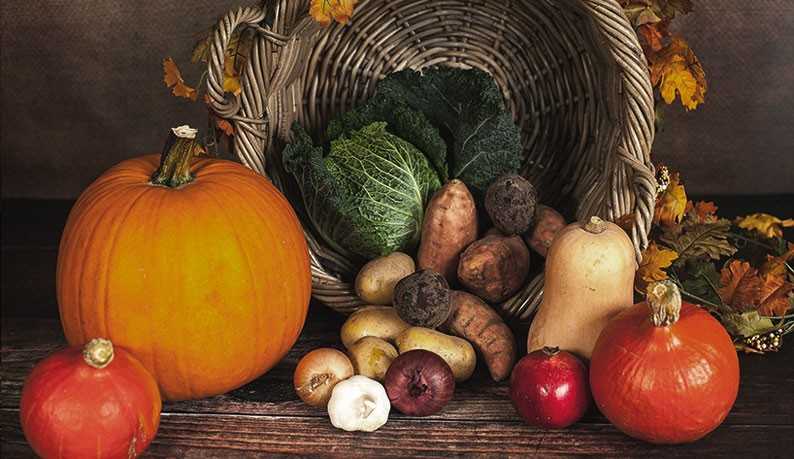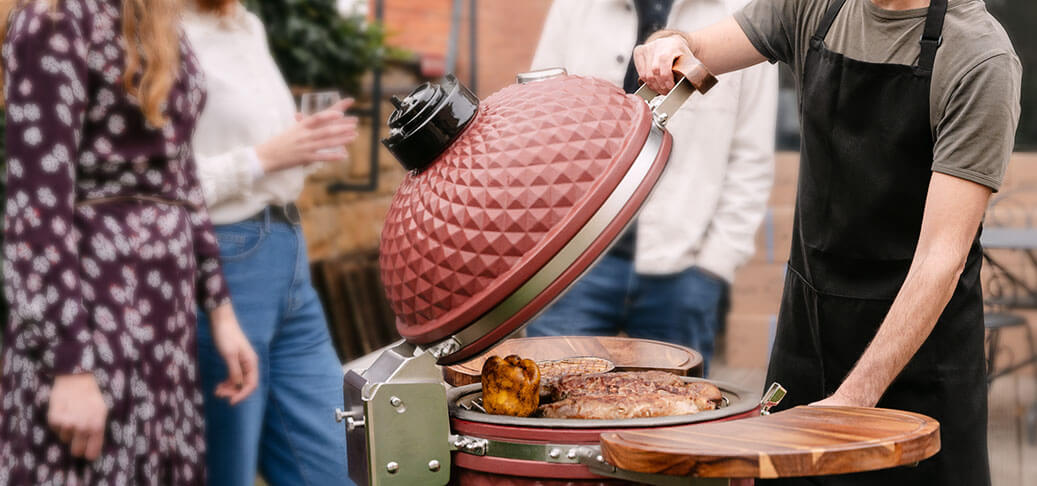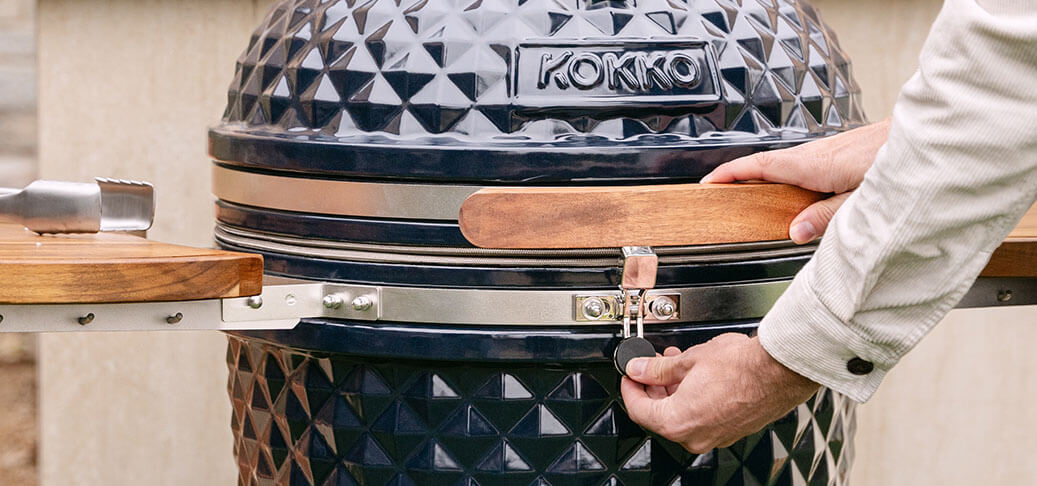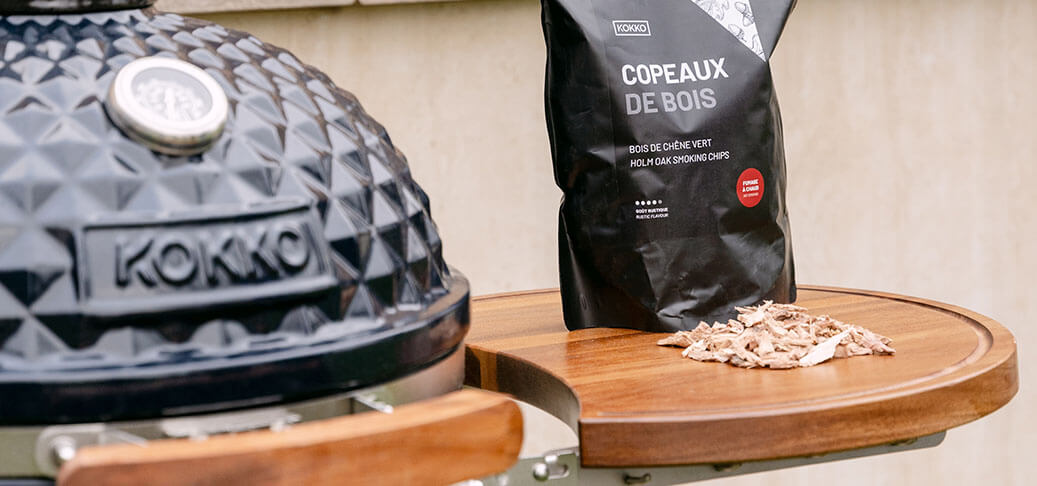
Everything outside is frozen, it's cold and there is a lack of light? There is no doubt that winter has arrived! To avoid being overcome by gloom, we prepare good little dishes to comfort ourselves. Soups, gratins, purees... And as soon as a ray of sunshine appears, we take out our Kokko and let our creativity express itself. Only one restriction: we only cook seasonal products! Here is a list of what you should put in your basket in winter.
1 - Fruits
From January to March, you can consume without restraint: dried almonds, lemon, kiwi, orange, grapefruit, pomelo, apple and pear. For the first two months, persimmon, clementine and mandarin will also be available.
Don't forget the exotic fruits either. For some, the beautiful season will be in full swing: pineapple, avocado, banana, mango, but be careful about the origins!
Are there not enough fruits in winter? Even if the range offered on the stalls of the primeurs is less complete than in summer, there are enough to prepare good compotes or roast them in the Kokko!
Here are our favorite recipes:
Pineapple with caramelised ginger
Pineapple spring rolls with orange sauce
2 - Vegetables
Throughout the winter, you can freely enjoy: spinach, squash, garlic, beetroot, carrot, chard, celery, cabbage, turnip, leek, black radish, parsnip, endive, white cabbage, Brussels sprouts, kale, salsify, Jerusalem artichoke, crosne, frisée lettuce, lamb's lettuce, onion, potato, and watercress.
At the beginning of winter, during January and February, squash (pumpkin, butternut squash), kale, chicory and red cabbage will still be in season.
From March onwards, set those aside for: pink radish, asparagus, artichoke and lettuce.
3 - Fish
Respecting seasonality when eating fish means consuming better quality products. It is also a way to preserve certain species, respect breeding periods and avoid overfishing.
As for fish, we find: sea bass, grey sea bream, ray, cod, haddock, wolf fish, monkfish, pollack, red gurnard, saithe, dab, sole, hake, red mullet, dogfish, John Dory, cuttlefish, bib, whiting, coley or black Pollock, and turbot.
For seafood: mussels, oysters, whelks, scallops, queen scallops, shrimp and spider crab.
Some ideas to enjoy:
Red mullet fillets on a bed of mango
Grilled shrimp marinated in spices
4 - Cheeses
Indeed, it is not only fruits, vegetables and fish that are subject to the rhythm of the seasons, but also cheese. As the pastures are less rich than in the summer season, the food ingested by the animals will therefore have less flavour and consequently, their milk as well.
So in winter, we focus on cheeses matured from summer milk or from the previous year, such as tomes, Gruyère, Ossau-Iraty, Beaufort, Laguiole, Cantal, Salers, Appenzeller or Comté. An exception is Mont-d'Or, traditionally made in winter. We also focus on blue cheeses such as Fourme, Roquefort or other blues.
We also try to choose them as locally as possible, avoiding buying products that have travelled thousands of kilometres. And what if you started preparing eco-responsible meals as early as the end-of-year celebrations? We give you some tips to achieve this!



